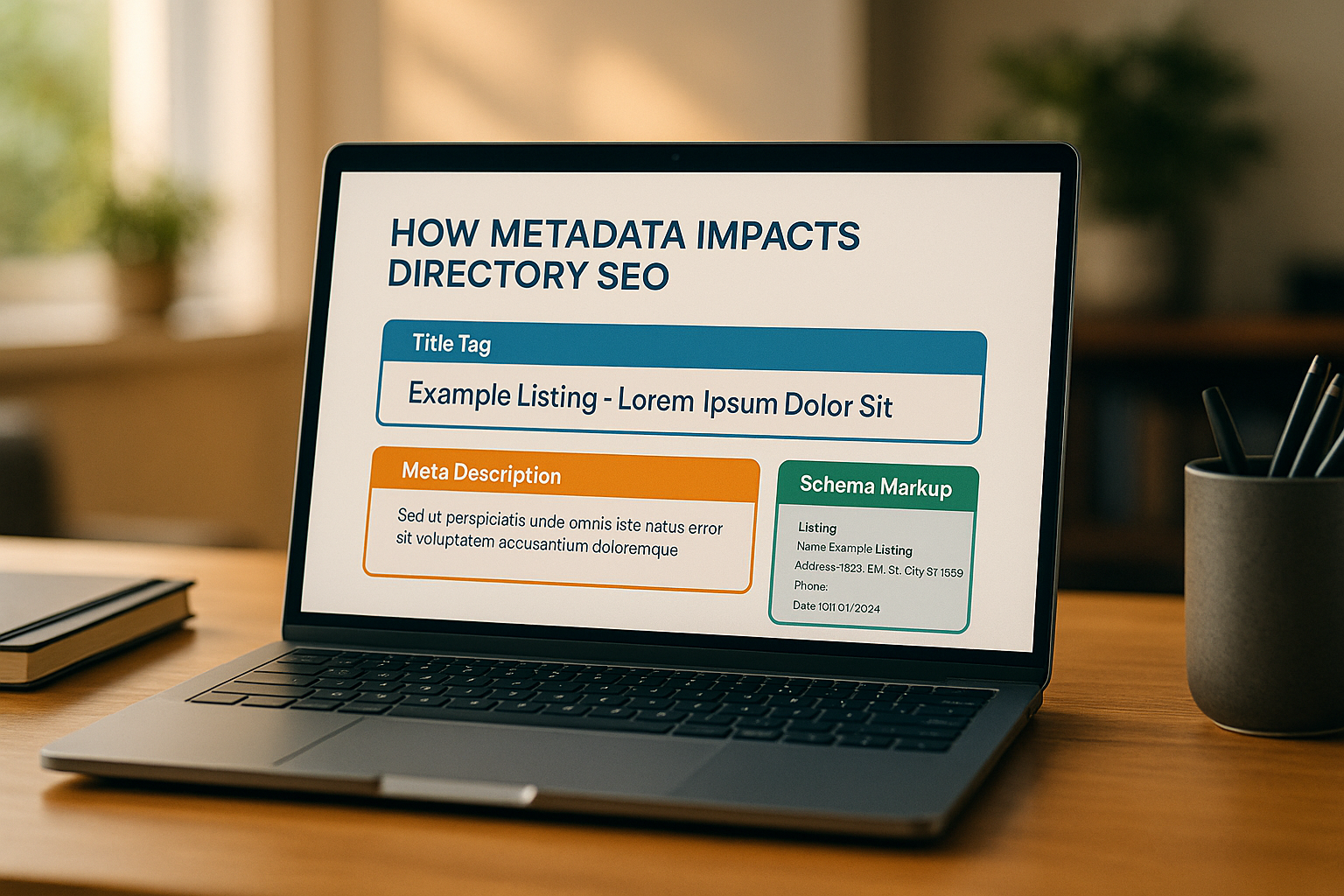

Domain forwarding can directly affect your SEO. Done right, it helps preserve rankings, consolidate authority, and maintain organic traffic. Done wrong, it can lead to lost traffic, reduced link equity, and duplicate content issues. Here’s a quick summary:
Key Benefits:
Common Mistakes:
Proper setup, like mapping old URLs to their equivalents, ensures a smooth transition. Tools like Directify simplify domain forwarding while maintaining SEO performance through features like XML sitemaps and structured data.
Using 301 redirects is crucial for maintaining your site's SEO during transitions. These redirects help retain most of the link equity from your old domain, ensuring your search visibility and organic traffic remain intact. Remember, the type of redirect you choose matters - 301 redirects are the go-to option for passing link equity to a new domain.
Combining domains can provide a boost to your site's SEO by centralizing authority. Here's how it helps:
| Benefit | SEO Impact |
|---|---|
| Merged Link Profile | Combines backlinks from multiple domains, creating a stronger link profile |
| Centralized Content | Increases ranking signals with unified content authority |
| Streamlined Indexing | Makes it easier for search engines to crawl and index your site |
| Improved Trust Signals | Builds credibility with search engines |
To get the most out of this process, ensure your pages are SEO-optimized with custom meta tags and structured data, which support proper indexing and visibility.
Aligning domain forwarding with your branding efforts can enhance both user experience and search engine trust. A well-planned approach can:
The key to success lies in proper DNS configuration, consistent branding across domains, and following technical best practices like including XML sitemaps. These steps ensure long-term search visibility while keeping your brand cohesive. Up next, we’ll explore how improper setups can undermine these benefits.
Using the wrong type of redirect can hurt your site's SEO. For example, temporary (302) redirects, redirect chains, or broken redirects can weaken ranking signals and reduce link equity. To avoid this, always use permanent (301) redirects for domain forwarding.
When you change domains, search engines may take time to adjust, causing temporary ranking drops. Keep an eye on your site's performance using tools like Google Search Console. This helps you quickly identify and fix any issues that might arise during the transition.
Content duplication happens when the same content is available on both the old and new domains. This can confuse search engines and hurt your rankings. Here are some common causes:
To fix these problems, set up 301 redirects, use canonical tags, and perform regular crawl audits. Following domain forwarding best practices can help you avoid these SEO pitfalls.
Using 301 redirects ensures you maintain SEO value when forwarding domains. Here's how to set them up effectively:
.htaccess file for Apache servers to configure server-level redirects.web.config file to set URL rewrite rules on IIS servers.Tip: Always back up your server configuration files before making changes. This way, you can quickly restore them if something goes wrong.
A single-step redirect path is crucial for preserving SEO value and providing a better user experience. Here's the correct approach:
Old Domain → New Domain (Correct)
Old Domain → Intermediate URL → New Domain (Incorrect)
Avoid multiple hops, as they can:
Once your redirects are streamlined, track their performance to ensure everything runs smoothly.
After setting up domain forwarding, keep an eye on these key metrics to monitor your SEO performance:
| Metric | Tracking Frequency | Tools |
|---|---|---|
| Organic Traffic | Daily | Google Analytics |
| Crawl Status | Weekly | Google Search Console |
| Redirect Performance | Weekly | Server Logs |
| Page Load Times | Daily | GTmetrix |
| Indexation Status | Weekly | Google 'site:' operator |
Pay close attention to:
For added convenience, use DNS tools that automatically provision SSL certificates and manage redirects. This ensures secure connections and helps maintain your SEO performance.

When it comes to managing domains while keeping SEO intact, Directify provides a straightforward and efficient solution.
Directify makes domain forwarding simple with a user-friendly interface designed for those without technical expertise. Its DNS setup minimizes the risk of configuration errors, ensuring a seamless connection for your custom domain.
Here are some standout features for domain setup:
| Feature | SEO Benefit |
|---|---|
| One-Click DNS Setup | Reduces errors that could negatively impact rankings |
| Custom Domain Support | Maintains consistent branding in search results |
The connection process is quick and effective, following these three steps:
In addition to its easy setup, Directify comes with tools designed to enhance SEO performance.
Directify's SEO tools are designed to align with best practices, helping to maintain search rankings during domain transitions. These tools automate the creation of key SEO elements, saving time and effort.
"Over 1000 SEO-optimized Directories have been made with Directify" [1]
Some of the key SEO features include:
| SEO Feature | Purpose |
|---|---|
| XML Sitemaps | Speeds up indexing for your updated domain structure |
| Structured Data/Rich Snippets | Helps search engines better understand your content |
| Custom Meta Tags | Retains important SEO signals during domain changes |
This automation ensures your search rankings remain stable while making the domain forwarding process easier.
Domain forwarding can influence your website's SEO performance, but implementing 301 redirects correctly is key. These redirects help transfer link value and consolidate domain authority, ensuring search engines and users can easily find your new domain without losing SEO signals.
| Factor | Impact on SEO |
|---|---|
| 301 Redirects | Retains link value and rankings |
| Direct Paths | Keeps link equity intact |
| Monitoring | Helps address issues promptly |
These elements are especially important when managing domains with specialized tools. For instance, Directify streamlines domain management for directory websites. It includes built-in SEO features like automated XML sitemap generation and structured data, helping maintain search visibility during domain transitions.
"Over 1000 SEO-optimized Directories have been made with Directify" [1]
Using monitoring tools like Google Search Console can help you quickly spot and fix any ranking issues. By following these steps and leveraging the right tools, you can ensure a smooth domain transition while preserving your SEO performance.
Incorrect domain forwarding can harm your website's SEO in a few key ways. It may create duplicate content, which confuses search engines and can lower your rankings. Additionally, improper forwarding can result in a loss of link equity, meaning the value of backlinks to your original domain might not transfer properly to the new one.
To protect your SEO performance, ensure forwarding is set up correctly. Use a 301 redirect to signal search engines that the move is permanent, and verify that all links and content are properly directed to the new domain.
To maintain your SEO rankings during domain forwarding, setting up 301 redirects is essential. A 301 redirect tells search engines that your website's content has permanently moved to a new domain, ensuring that link equity and rankings are transferred.
Here are some best practices:
Lastly, notify search engines about the change using the domain change tool in Google Search Console. This helps speed up the indexing process for your new domain.
Tracking SEO metrics such as organic traffic and crawl status after setting up domain forwarding is crucial to ensure everything is functioning as expected. These metrics help you confirm that search engines are properly indexing the new domain and that your site's rankings remain stable.
Monitoring these metrics can also help identify potential issues, such as broken redirects or drops in visibility, allowing you to address them quickly and maintain your site's SEO performance. Regular checks ensure a smooth transition without negatively impacting your search engine rankings.
Start creating your professional directory website today with Directify's no-code platform.
Get Started Free






